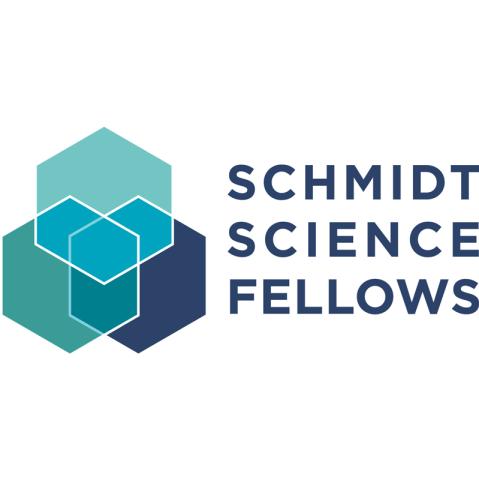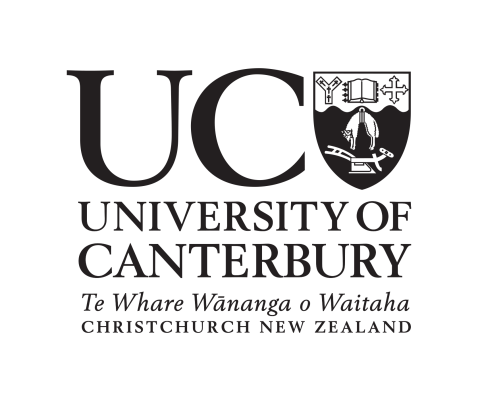
A framework to develop communities of practice
Supporting communities of practice across an organisation can provide extraordinary benefits. Drawn from the author’s experience, these tips aim to build connection and engagement through a formalised framework and senior leader sponsorship
Interdisciplinarity
Sponsored by

Advice for bringing together multiple academic disciplines into one project or approach, examples of interdisciplinary collaboration done well and how to put interdisciplinarity into practice in research, teaching, leadership and impact
You may also like
Popular resources
Joan, a senior technical staff member, posts in the technical staff Teams site that she is interested in exploring mentoring across the technician community. Would others like to participate? Colleagues respond positively and a small working group emerges. On the same site, a call is put out for a piece of kit needed for a student’s research. Offers quickly appear from other faculties.
Harry is a newly arrived postdoctoral fellow. His colleague Julie, a lecturer, is helping induct him. Julie belongs to the early and emerging academic researcher network. She speaks enthusiastically about this local supportive community, encouraging Harry to sign up and join 400 of his peers. Harry joins, and immediately signs up for the colleague-led writing retreat. He also meets his faculty rep for a coffee.
Colleen, a senior administrative professional, wants help to refocus the administrative community of practice (CoP) she has coordinated for some years. She recognises it has lost its original purpose and is no longer centred on its desired constituency. A plan to refocus on the core intent is developed with the support of the People and Culture unit. This includes defining membership and goals via a co-created charter.
Joan, Harry and Colleen all have different CoP-related needs and experiences. What if the university could provide a common framework to support these networks?
Supporting CoPs from set-up to self-sufficiency
At the University of Canterbury, with the encouragement and support of our vice-chancellor and senior leaders, we recognise the value in supporting formalised pan-university communities of practice. These communities work across the organisation to facilitate boundary crossing and inter-unit collaboration. In our experience, such communities build trust, uncover and encourage appreciation of colleagues’ expertise, and support sharing of good practice leading to innovation. The collective power of cross-functional activities is recognised in the “people” strand of our strategy Tangata Tū, Tangata Ora.
- How to meet people on campus
- Communities of practice: how to help them thrive
- Using communities of practice to drive teaching innovation
This recognition has led to the development of a framework by People and Culture. This was deemed helpful to define a “pan-university community of practice” ensuring support was appropriately focused. The framework outlines support from set-up until self-sufficiency.
It is early days, but some successes, challenges and lessons have emerged. Development and growth are occurring via constructive feedback and enthusiastic participation by members.
A framework for university-wide communities of practice
Our framework has been designed to aid communities that desire additional support. Support may include help in getting established, or funding for events or development opportunities for those who step up as CoP leaders.
The criteria for support include the number of members, a commitment to CoP autonomy, a senior leader sponsor, a charter developed by CoP members, an annual plan and a means of promoting the CoP to potential members, including new staff.
A colleague and I have been working with current and budding CoPs to align them to our framework. As illustrated by the examples that opened this article, the groups are many and varied. Some concrete benefits so far can be illustrated using the community for technical staff (TechCop) as an example.
TechCoP started last year to unite lab and workshop technical staff across our seven faculties. The vice-chancellor and the executive deans of science and engineering sponsor this group. Of 150-plus potential members, we have so far engaged with about 100 members via:
- events, including professional development, and opportunities to talk with senior leaders
- lab/workshop tours
- a Teams site including a popular “marketplace” channel, which allows members to seek or donate pieces of kit or materials.
Benefits to existing and nascent communities
A survey of members provided encouraging feedback such as:
- “Really appreciate the connection and sense of community.”
- “Meeting face to face via events and tours has helped get to know others and create a sense of belonging.”
- “Have really loved meeting new faces and feeling a better inclusion and community across campus. We’ve already been able to help each other as a result.”
- “I find the tours very helpful to help me understand what resources we have available in different departments.
- "’Marketplace’" is great to allow sharing of equipment.
CoPs create a space for purposeful cross-organisational interaction with a shared context. This goes beyond the well-known benefits of sharing knowledge and good practice to significant opportunities for building belonging, group problem-solving, innovation, leadership development and peer support that might not otherwise be realised.
A formalised and supportive framework that includes senior leadership sponsorship provides a robust foundation to build from.
Karen Mather is director of academy affiliation and organisational development in the People and Culture unit at Te Whare Wānanga o Waitaha | University of Canterbury, Aotearoa New Zealand.
If you would like advice and insight from academics and university staff delivered direct to your inbox each week, sign up for the Campus newsletter.
Interdisciplinarity
Sponsored by





Comments (0)
or in order to add a comment